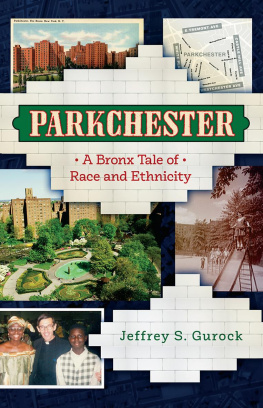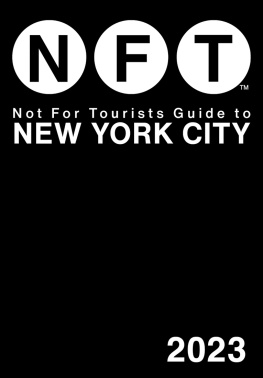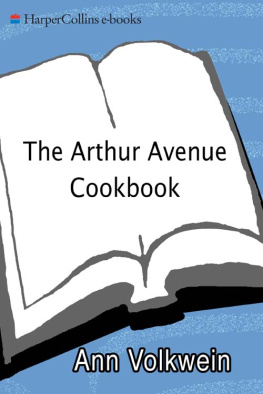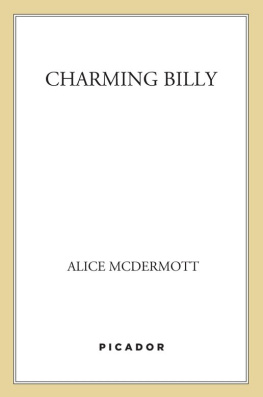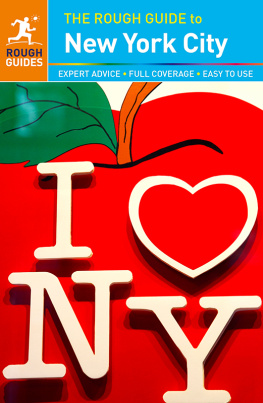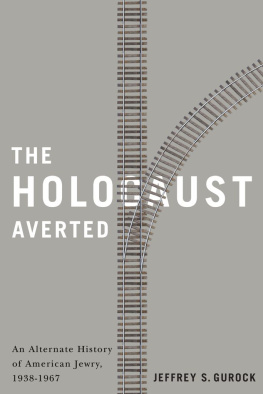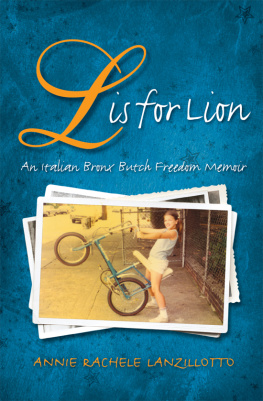Jeffrey S. Gurock - Parkchester: A Bronx Tale of Race and Ethnicity
Here you can read online Jeffrey S. Gurock - Parkchester: A Bronx Tale of Race and Ethnicity full text of the book (entire story) in english for free. Download pdf and epub, get meaning, cover and reviews about this ebook. year: 2019, publisher: NYU Press, genre: Politics. Description of the work, (preface) as well as reviews are available. Best literature library LitArk.com created for fans of good reading and offers a wide selection of genres:
Romance novel
Science fiction
Adventure
Detective
Science
History
Home and family
Prose
Art
Politics
Computer
Non-fiction
Religion
Business
Children
Humor
Choose a favorite category and find really read worthwhile books. Enjoy immersion in the world of imagination, feel the emotions of the characters or learn something new for yourself, make an fascinating discovery.
- Book:Parkchester: A Bronx Tale of Race and Ethnicity
- Author:
- Publisher:NYU Press
- Genre:
- Year:2019
- Rating:3 / 5
- Favourites:Add to favourites
- Your mark:
Parkchester: A Bronx Tale of Race and Ethnicity: summary, description and annotation
We offer to read an annotation, description, summary or preface (depends on what the author of the book "Parkchester: A Bronx Tale of Race and Ethnicity" wrote himself). If you haven't found the necessary information about the book — write in the comments, we will try to find it.
The eight-decade story of a New York neighborhood
In 1940, the Metropolitan Life Insurance Company opened a planned community in the East Bronx, New York. A model of what the neighborhood would become was first displayed to an excited public at the 1939 Worlds Fair. Parkchester was celebrated as a city within a city, offering many of the attractions and comforts of suburbia, but without the transportation issues that plagued commuters who trekked into New York City every day. This new neighborhood initially constituted a desirable alternative to inner city neighborhoods for white ethnic groups with the means to leave their Depression-era homes. In this bucolic environment within Gotham, the Irish and Italian Catholics, white Protestants and Jews lived together rather harmoniously.
In Parkchester, Jeffrey S. Gurock explains how and why a get along spirit prevailed in Parkchester and marked a turning point in ethnic relations in the city.
Gurock is also attuned to, and documents fully, the egregious side to the neighborhoods early history. Until the late 1960s, Parkchester was off-limits to African Americans and Latinos. He is also sensitive to the processes of integration that took place once the community was opened to all and explains why transition was made without significant turmoil and violence that marked integration in other parts of the city. This eight decade history takes Parkchesters tale up to the present day and indicates that while the neighborhood is today predominantly African American and Latino, and home to immigrants from all over the world, the spirit of conviviality still prevails on its East Bronx streets.
As a child of Parkchester himself, Gurock couples his critical expertise as leading scholar of New York Citys history with an insiders insight in producing a thoughtful, nuanced understanding of ethnic and race relations in the city.
Jeffrey S. Gurock: author's other books
Who wrote Parkchester: A Bronx Tale of Race and Ethnicity? Find out the surname, the name of the author of the book and a list of all author's works by series.

